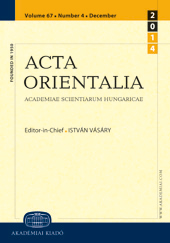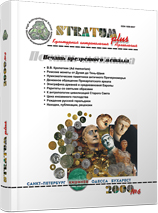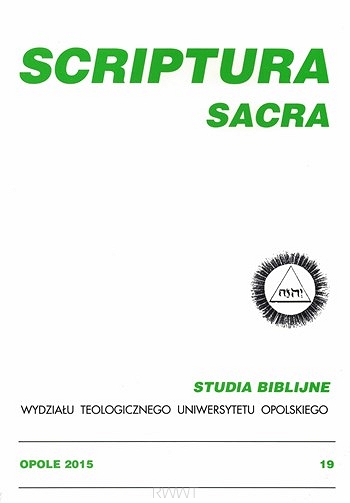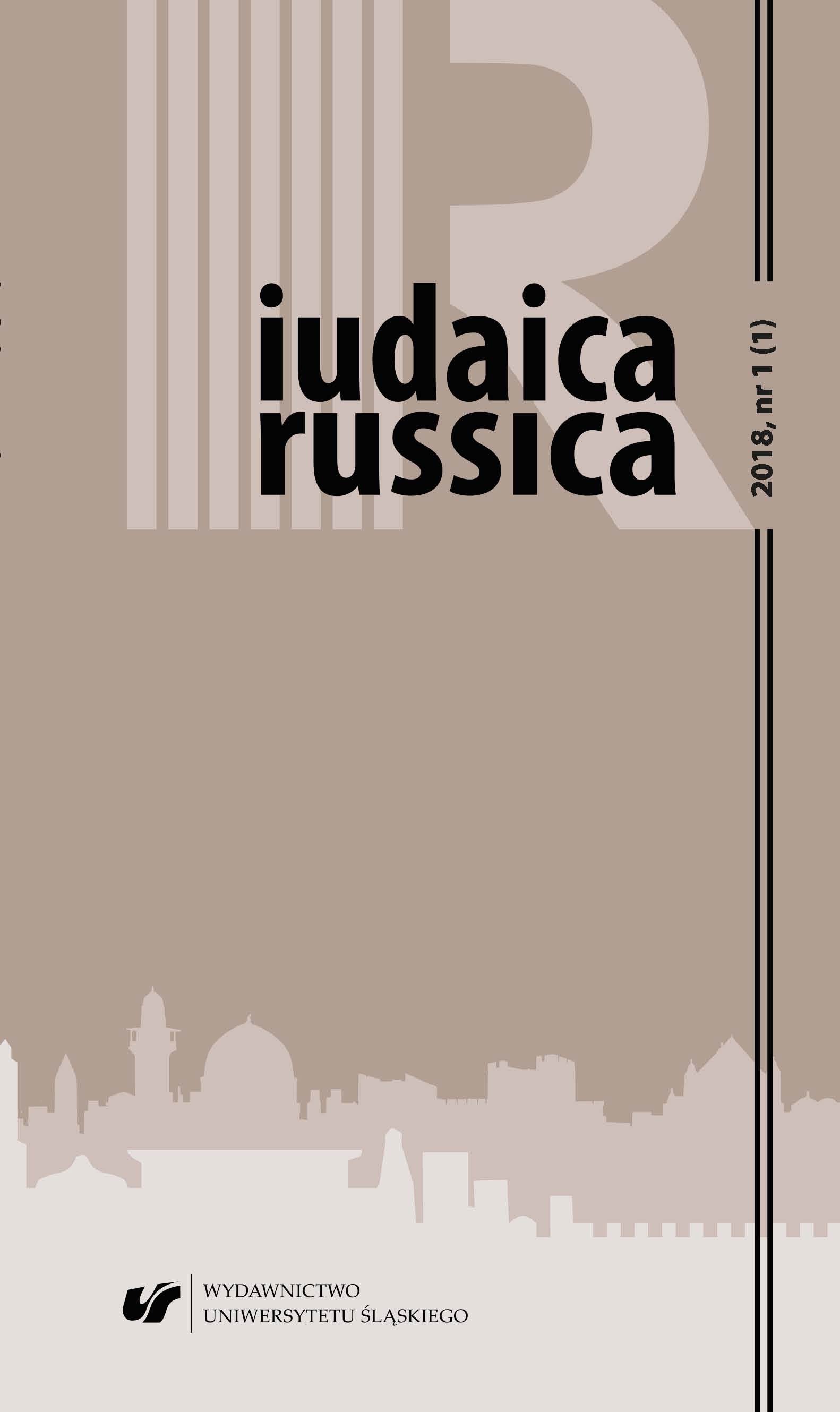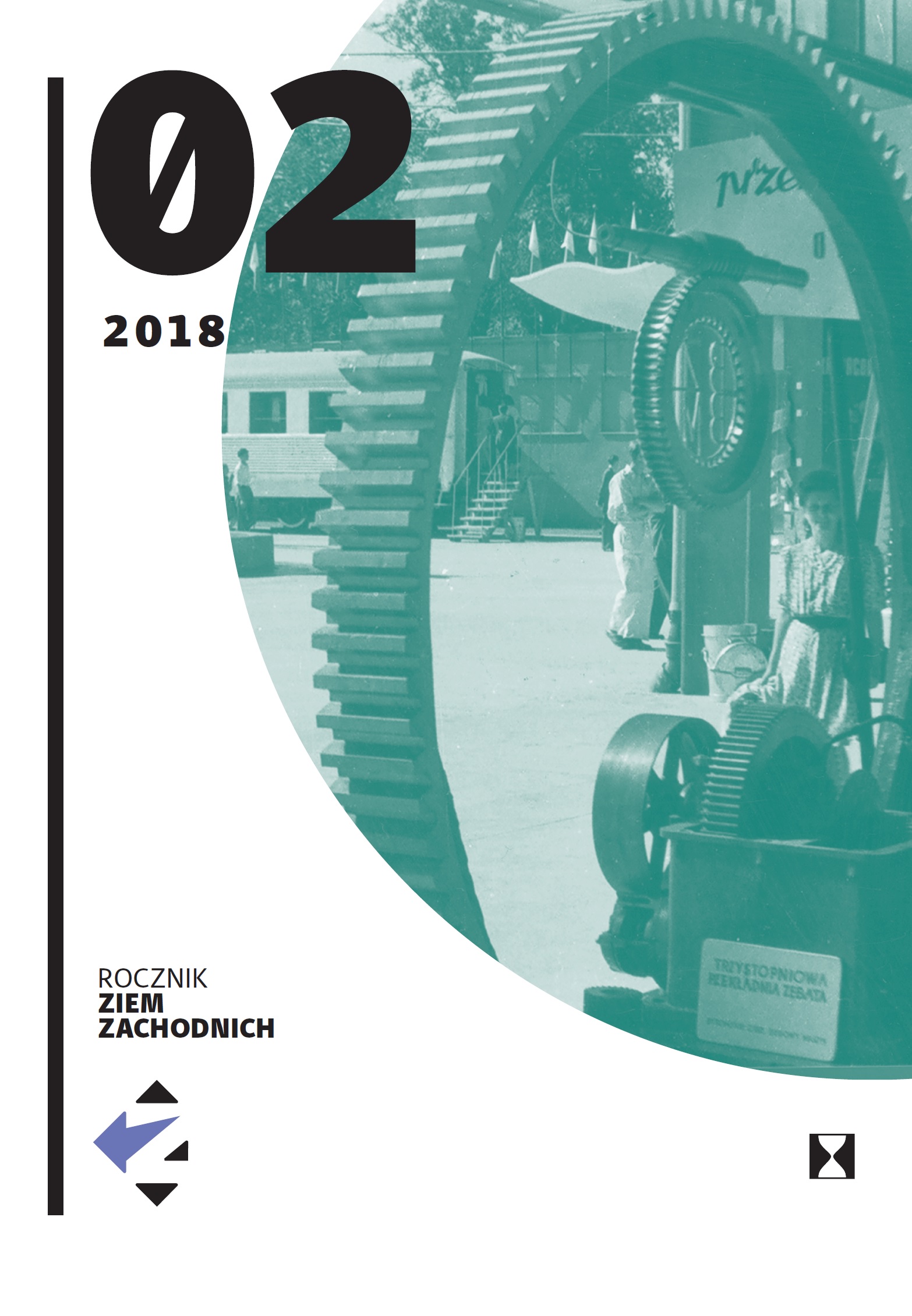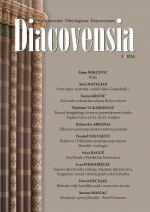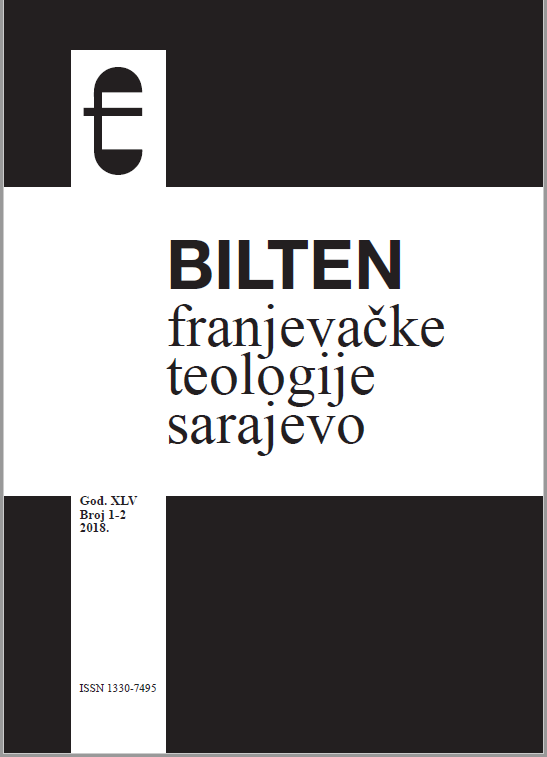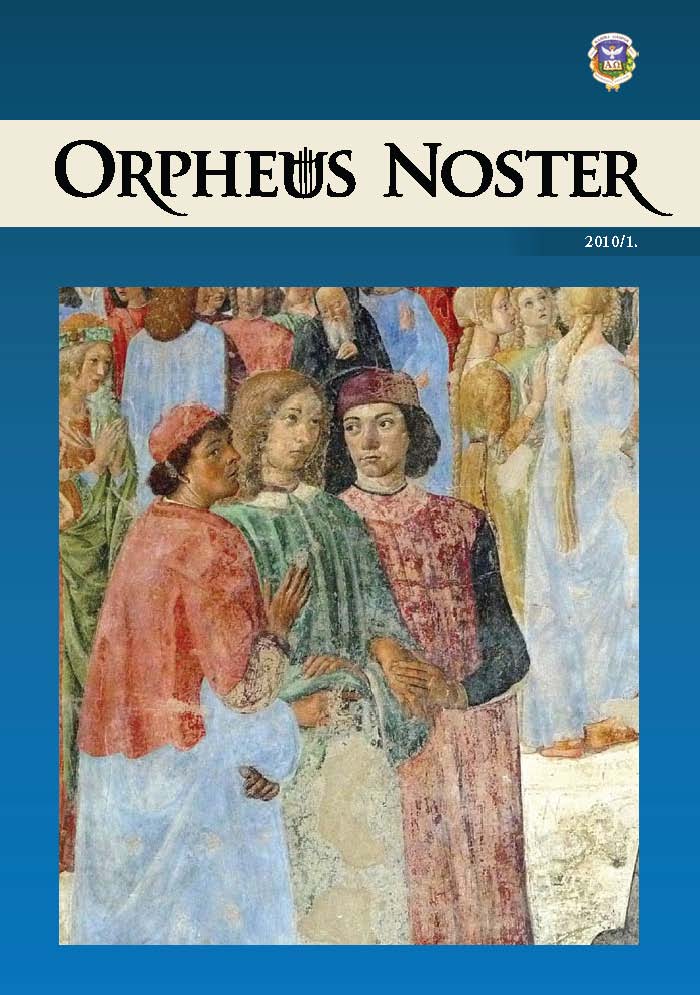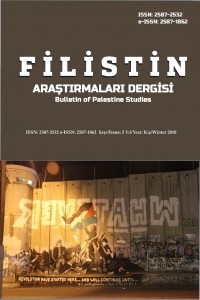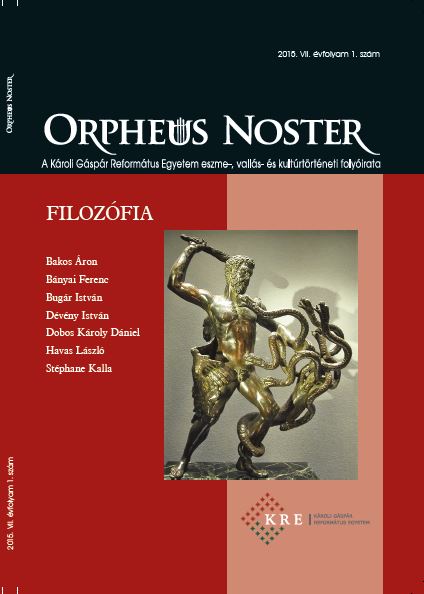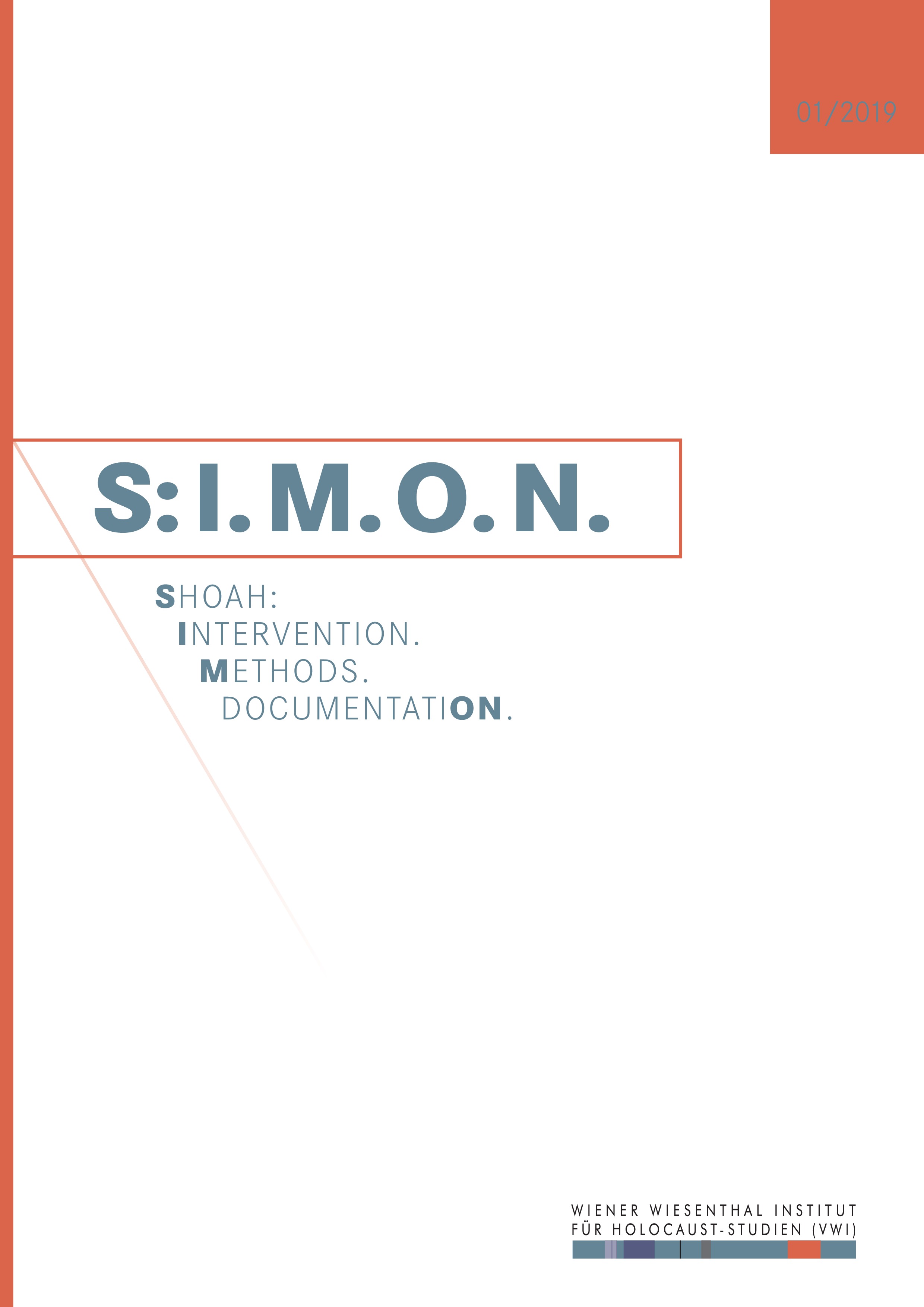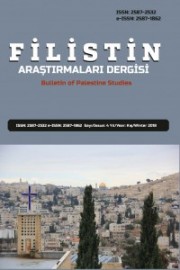A BAR KOCHBA-FELKELÉS - A KUTATÁS FÉL-ÉVSZÁZADÁNAK EREDMÉNYEI ÉS KIHÍVÁSAI
According to a commonplace in scholarly literature it is unachievable to write the history of the Bar Kochba revolt. This paper does not attempt the impossible, it merely attempts to take into account the way in which our evidences, that came to light in the last half-century, repaint the traditional picture of the insurrection. The first five chapters discuss the antecedents of the revolt, i.e., the short and long-term consequences of the churban; the uprising under Trajan (the so-called “war of Quietus”); the administrative, economic and military situation of Judaea from 70 to 132 C.E., mainly on the basis of the Babatha-archive. The immediate cause of the Bar Kochba revolt is still debated, as both the foundation of Colonia Aelia Capitolina (ch. 5), and the ban on circumcision, introduced by Hadrian’s legislation (ch. 6), can be taken into account. It is not clear, however, whether these oppressive measures were taken before or after 132; in other words, whether they were causes or consequences of the war. The following chapter is dedicated to Bar Kochba’s messianic pretensions, which, among other things, can be verified with the strong halachic orientation of the papyri produced by the administration of the revolt (ch. 8). Ch. 9 examines the character and magnitude of the Roman military participation in the Bar Kochba revolt, as these are illuminated by the extant epigraphic material. The last chapter deals with the Jewish guerilla tactics and bases: the rebels’ hiding complexes that from the 1990’s have been explored in the territory of Judaea.
More...
